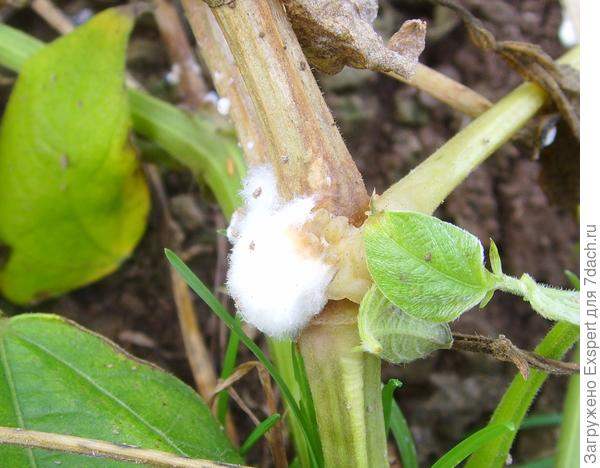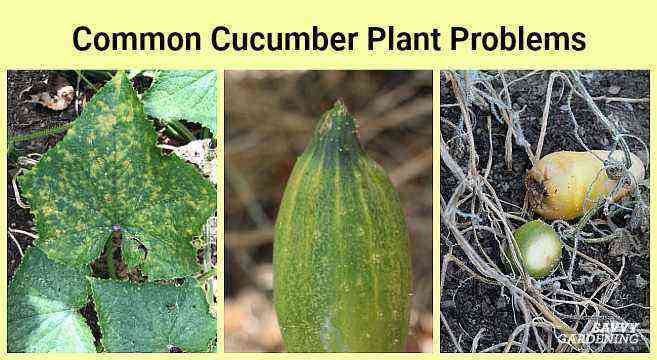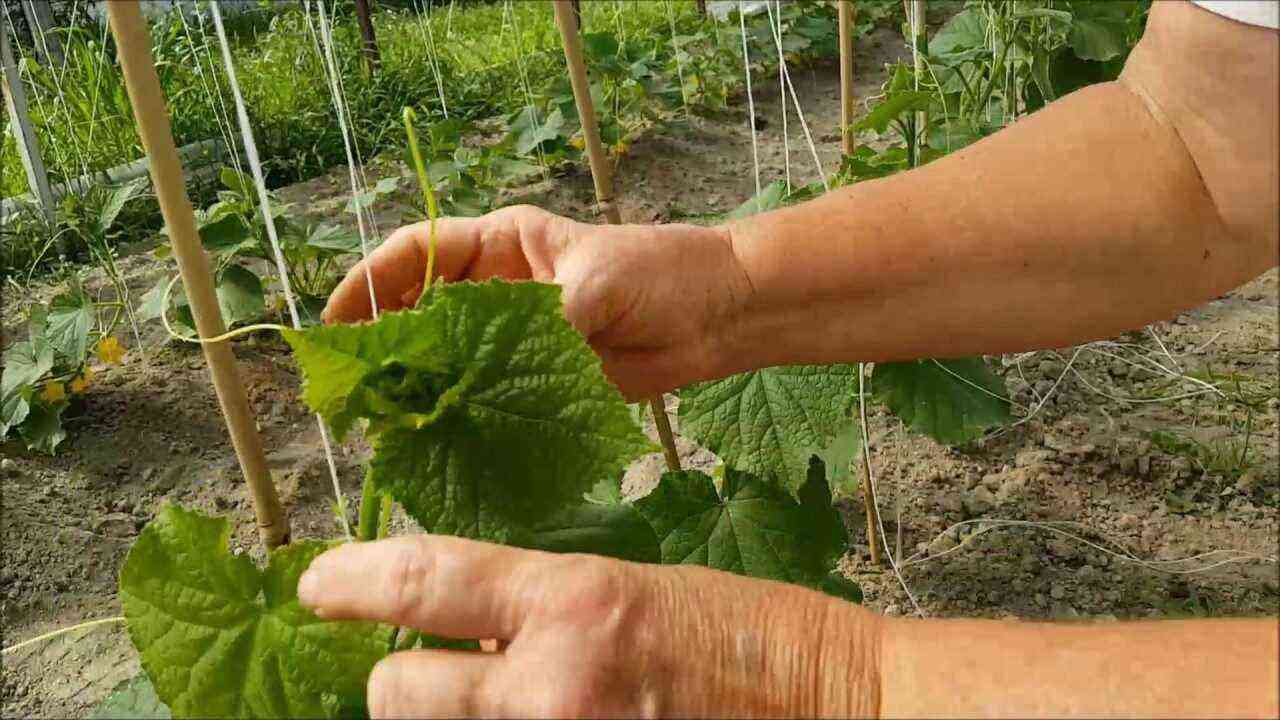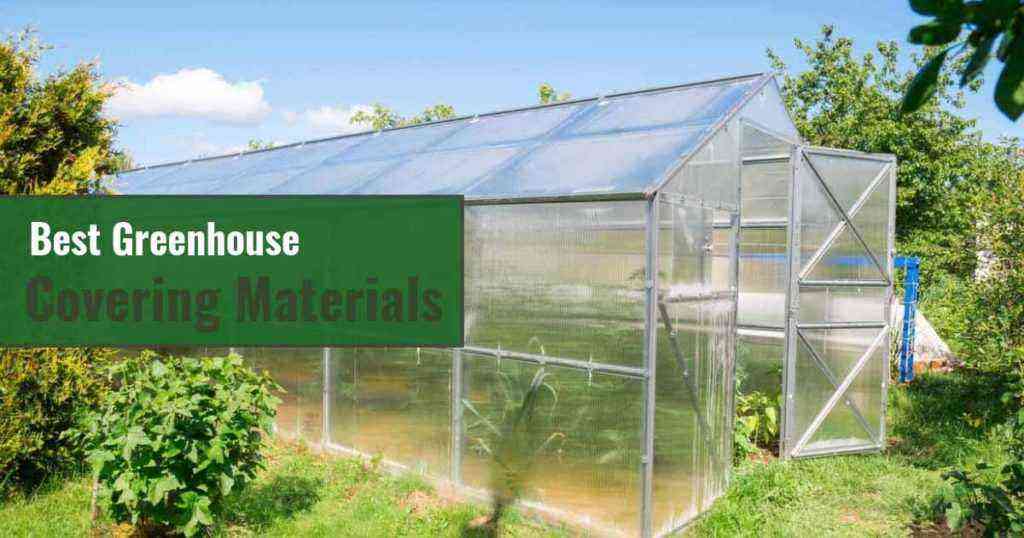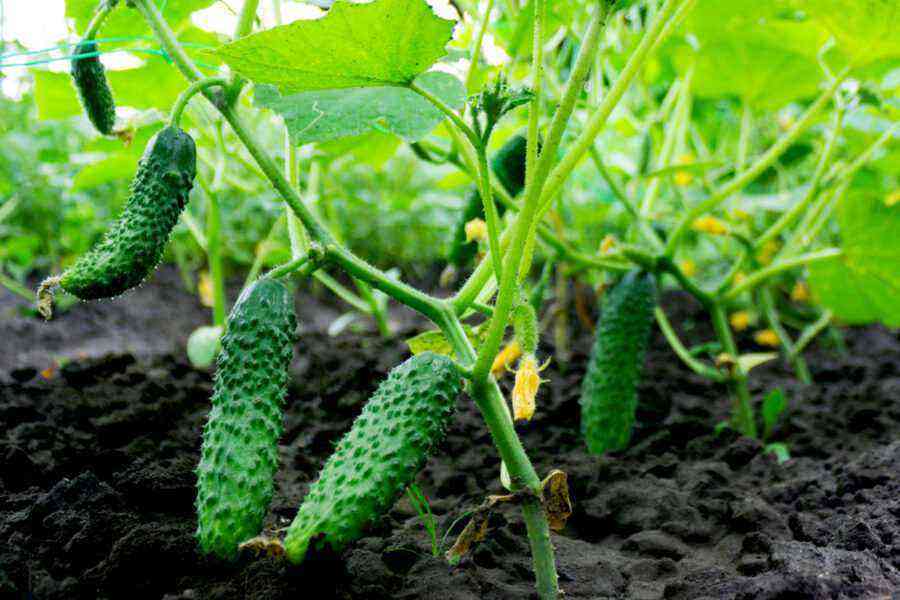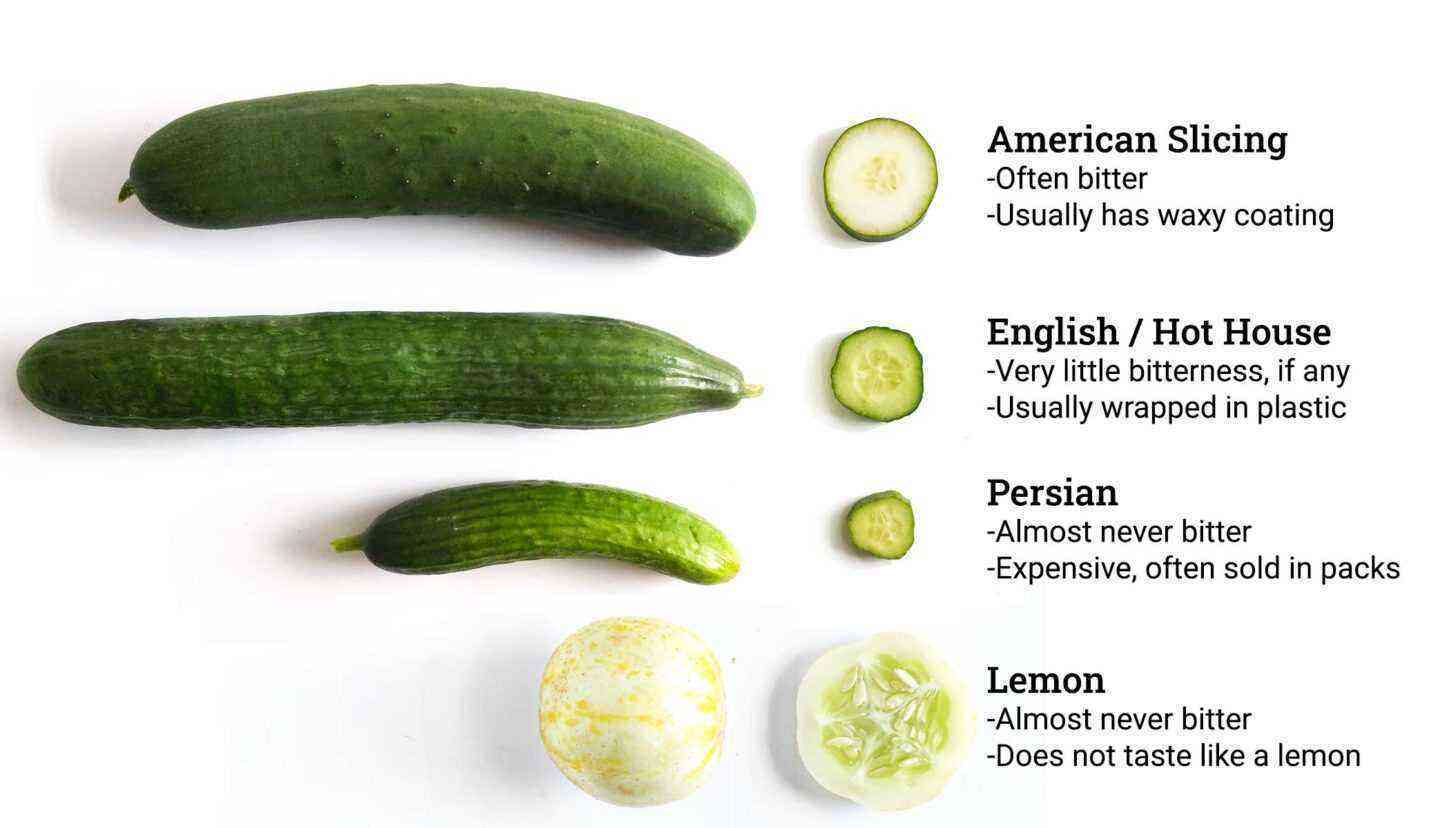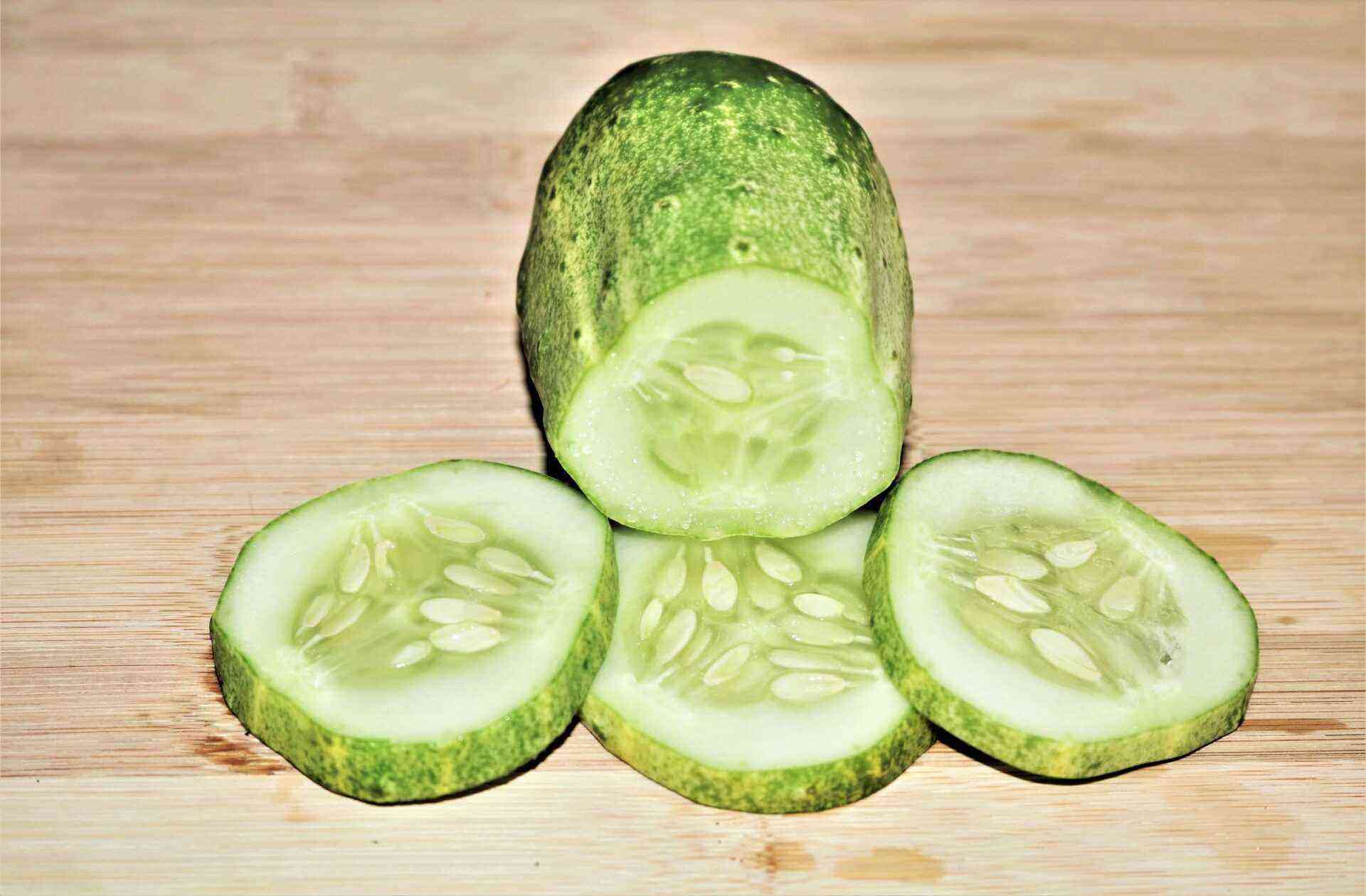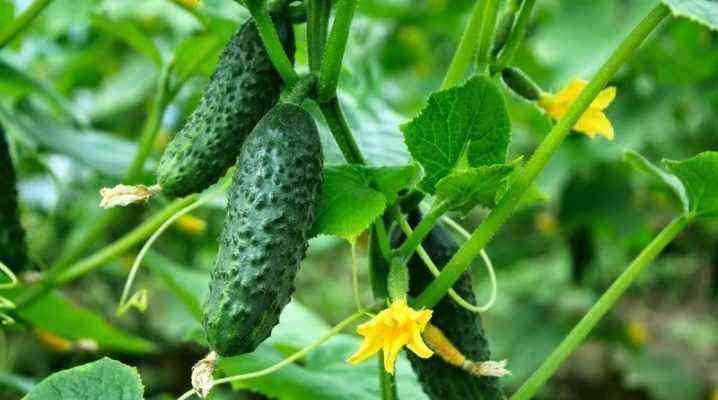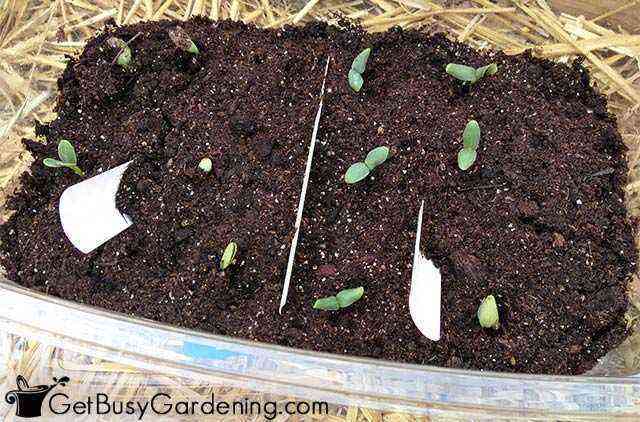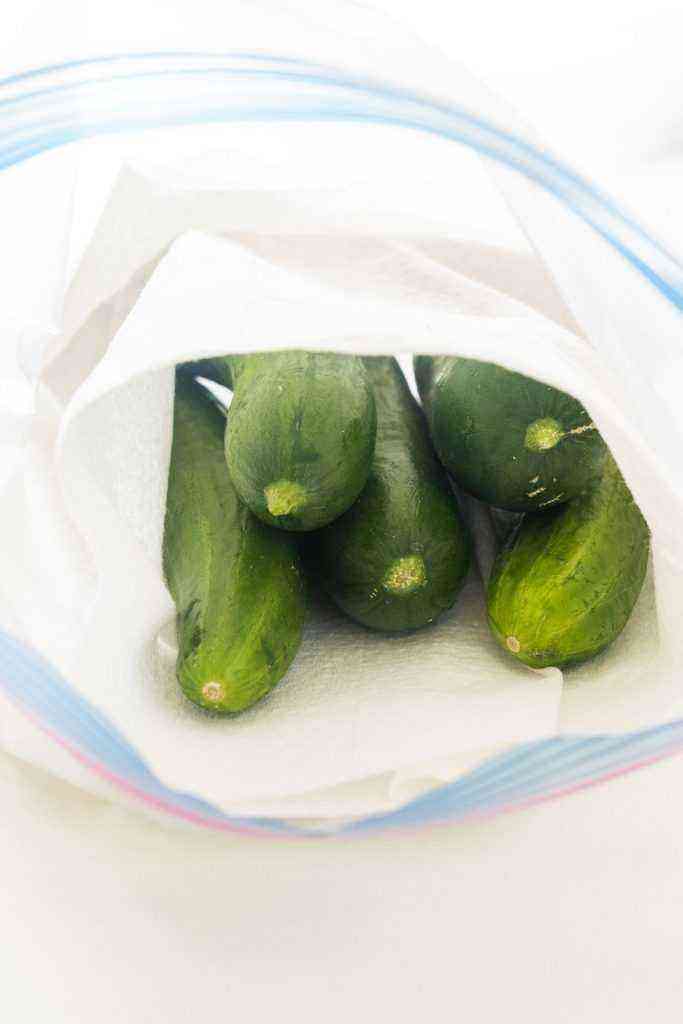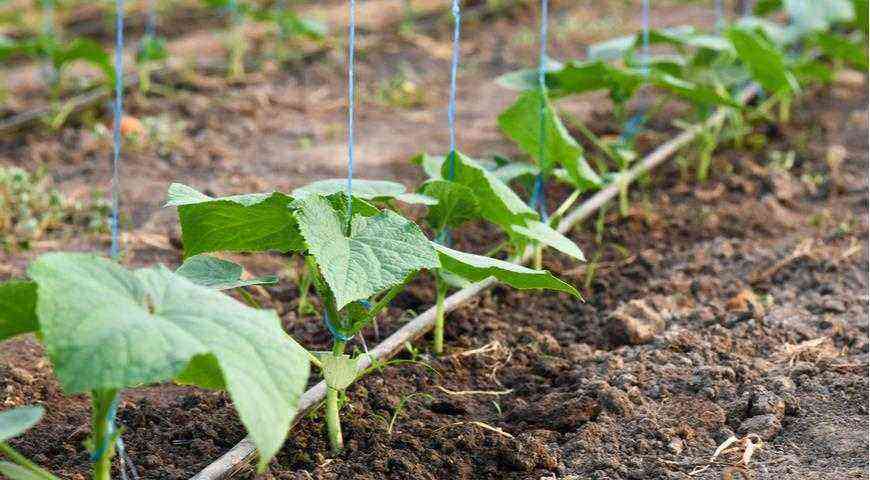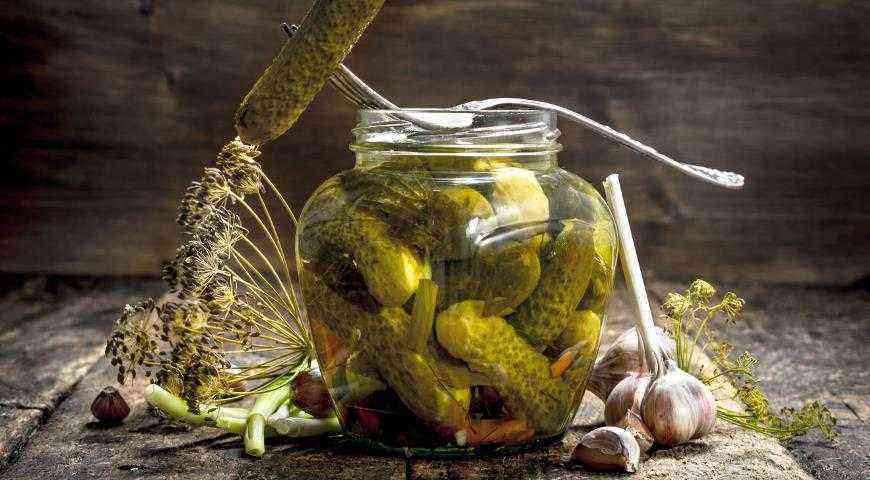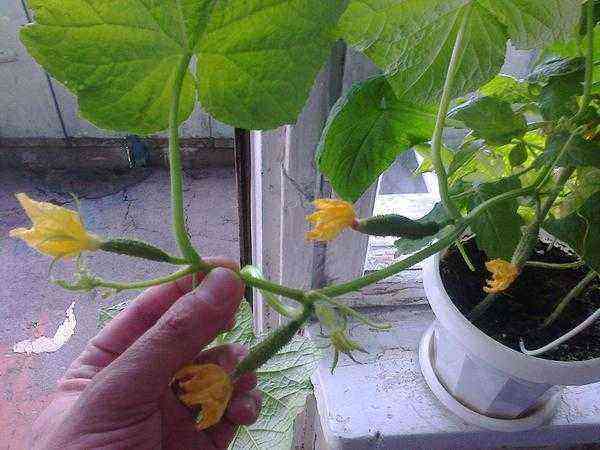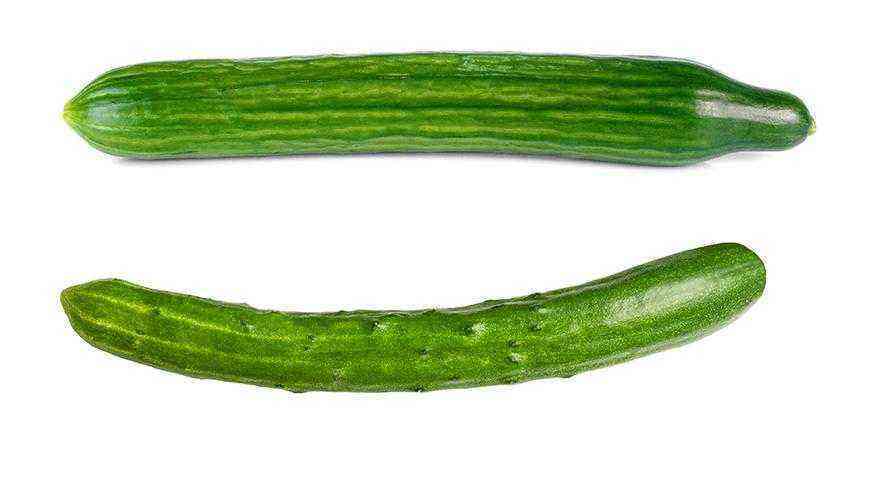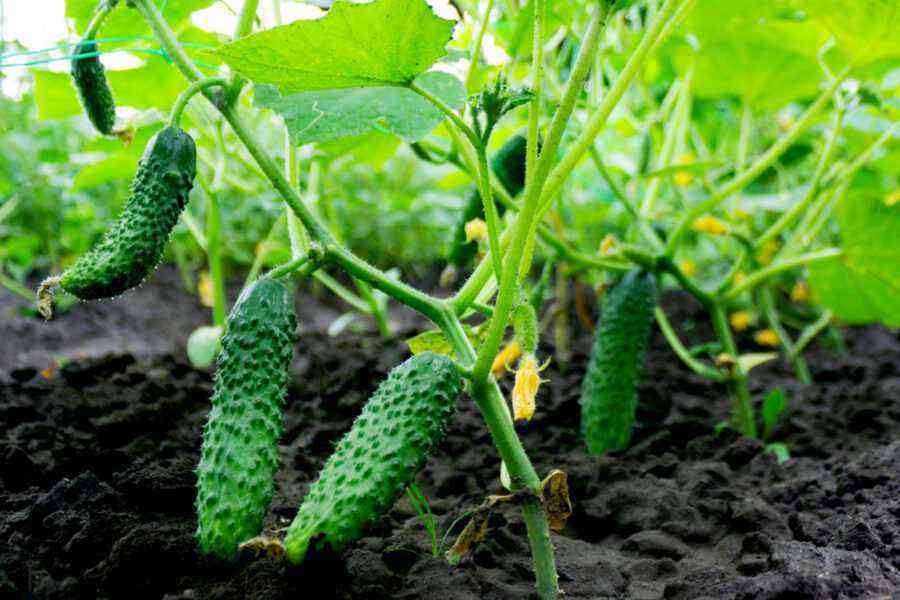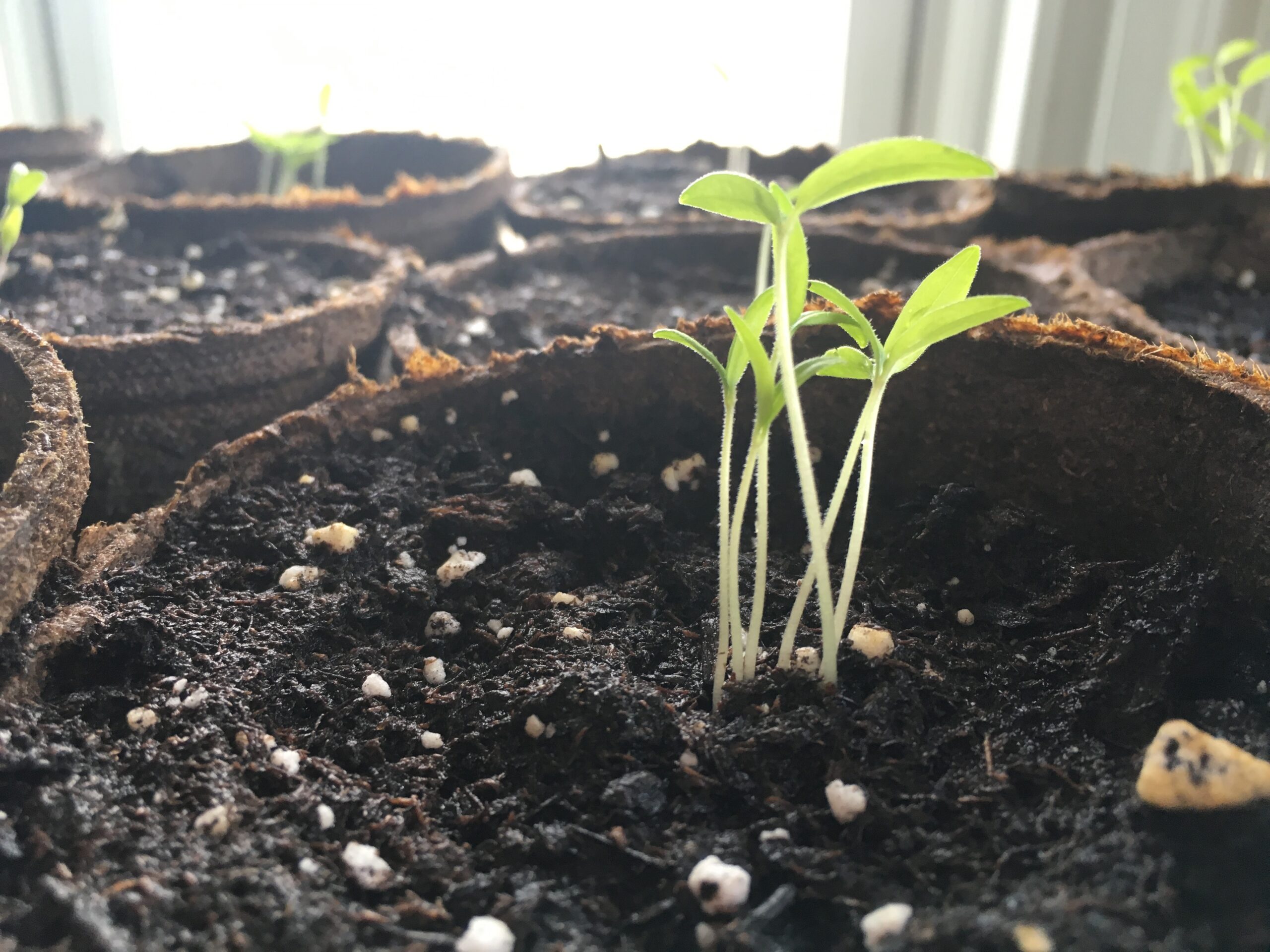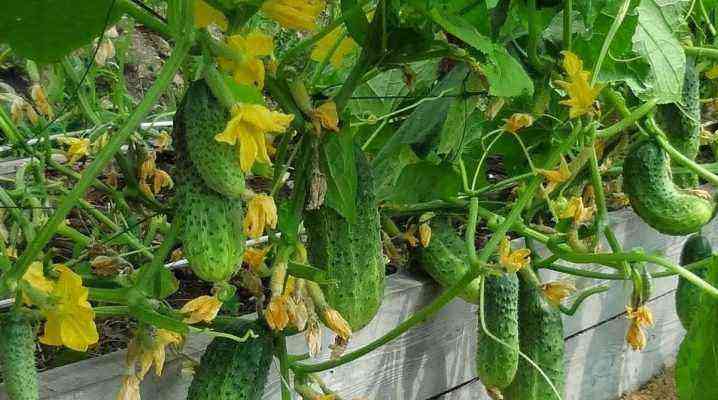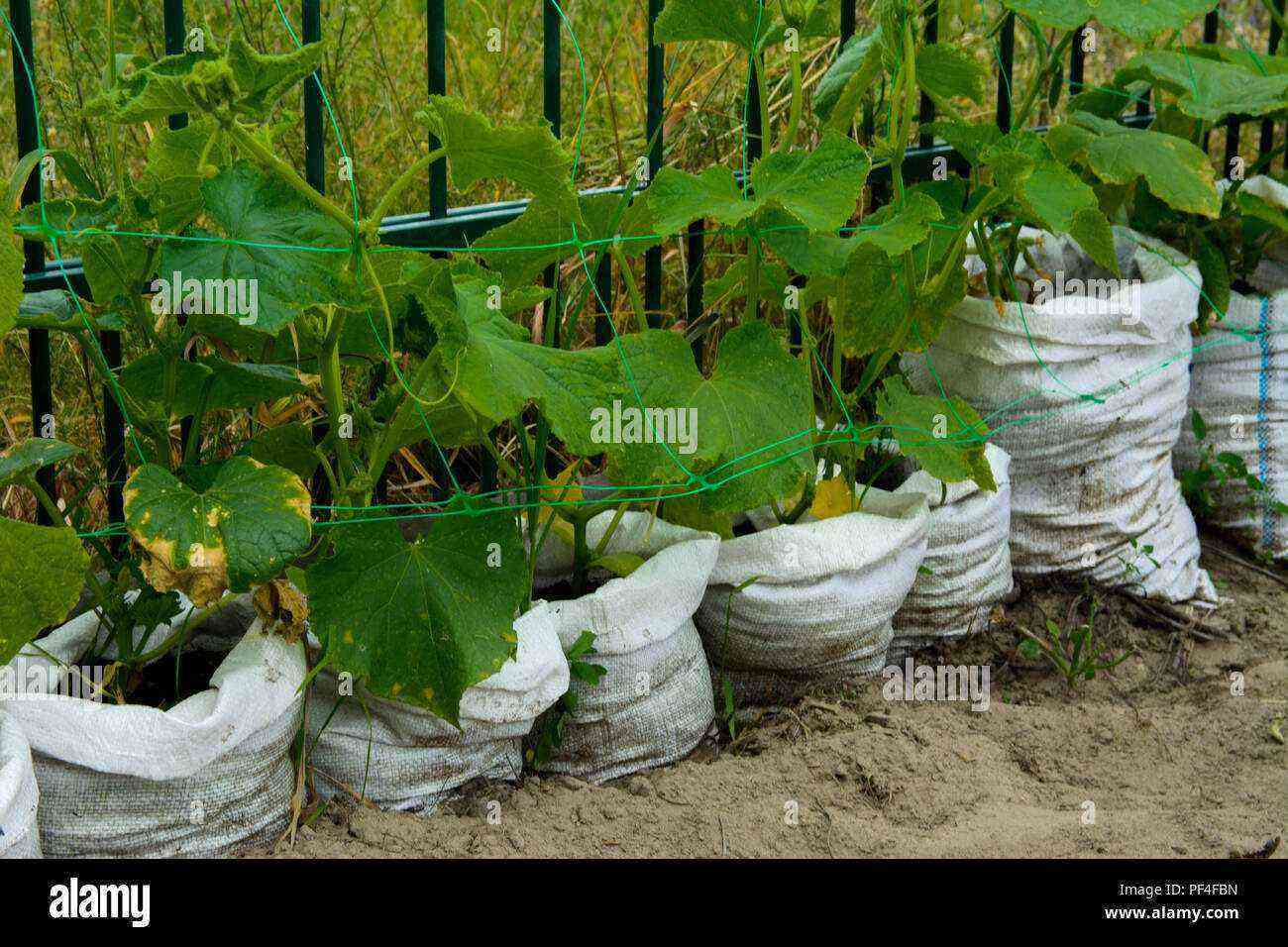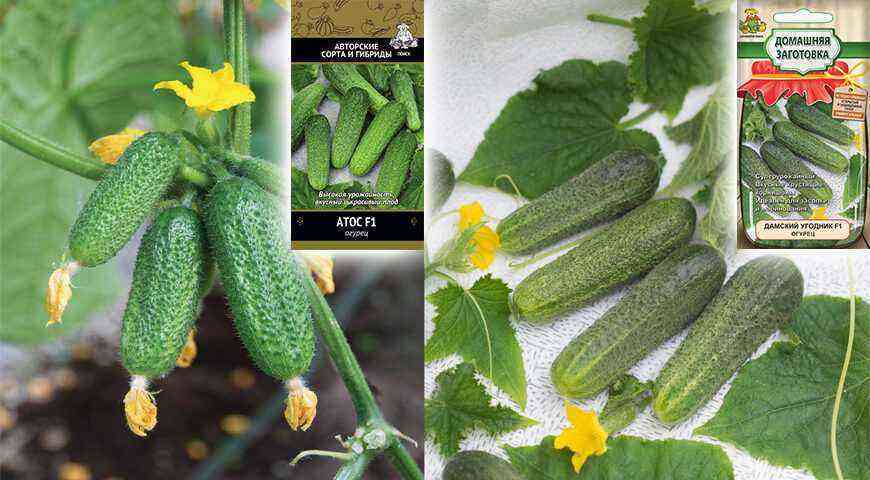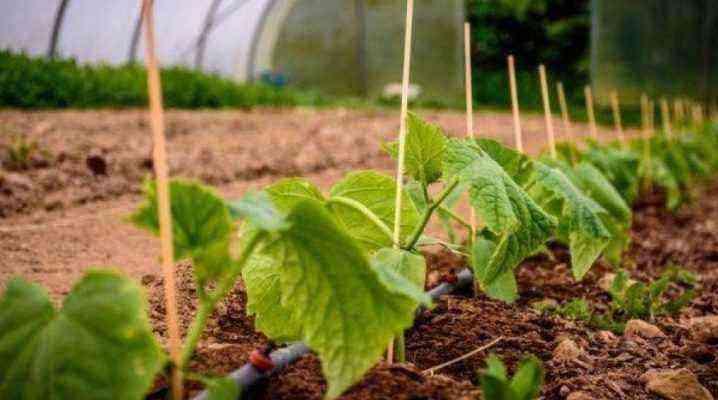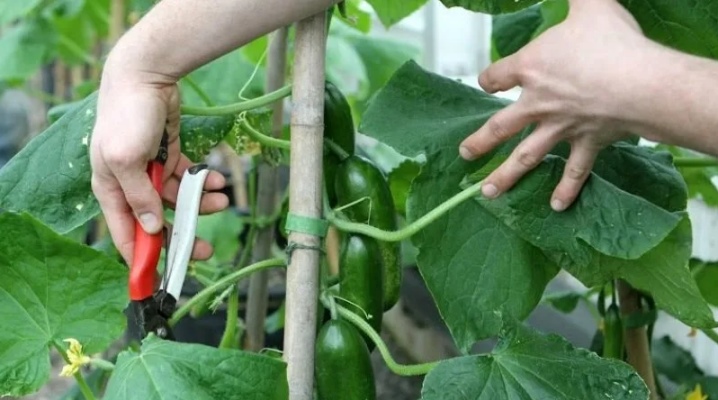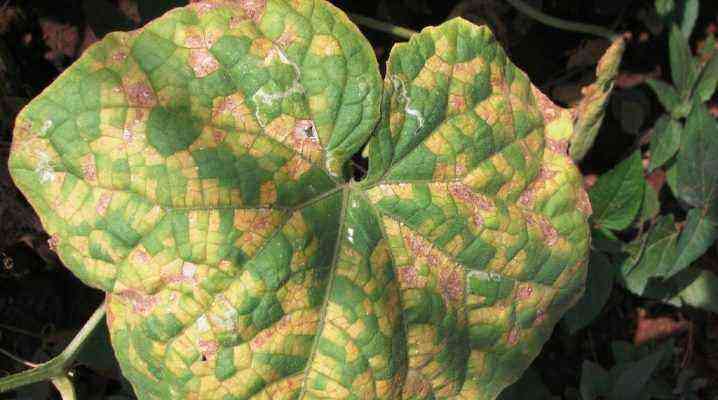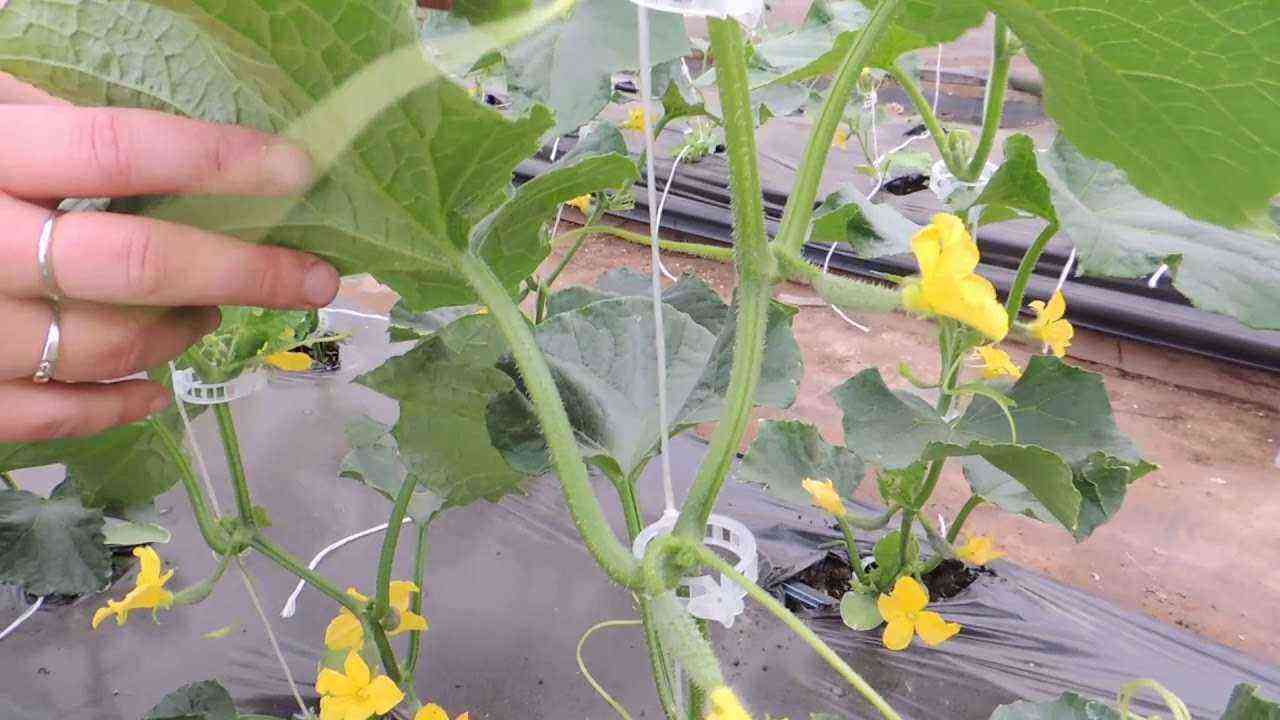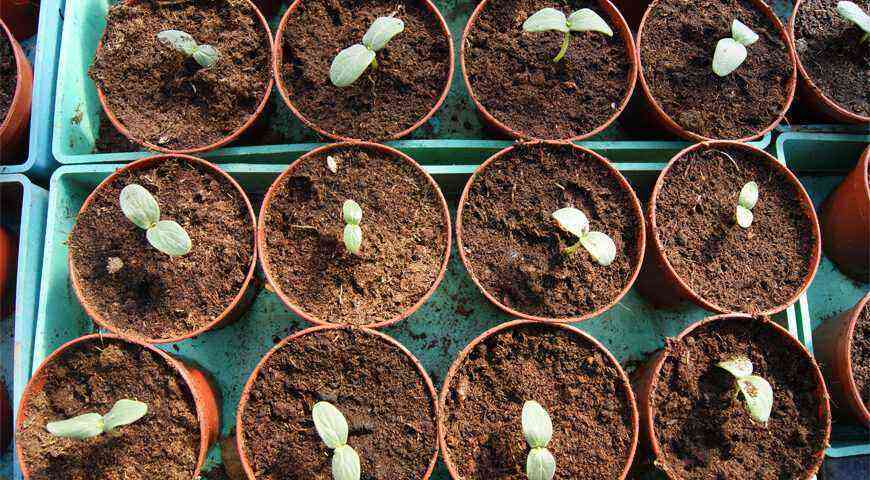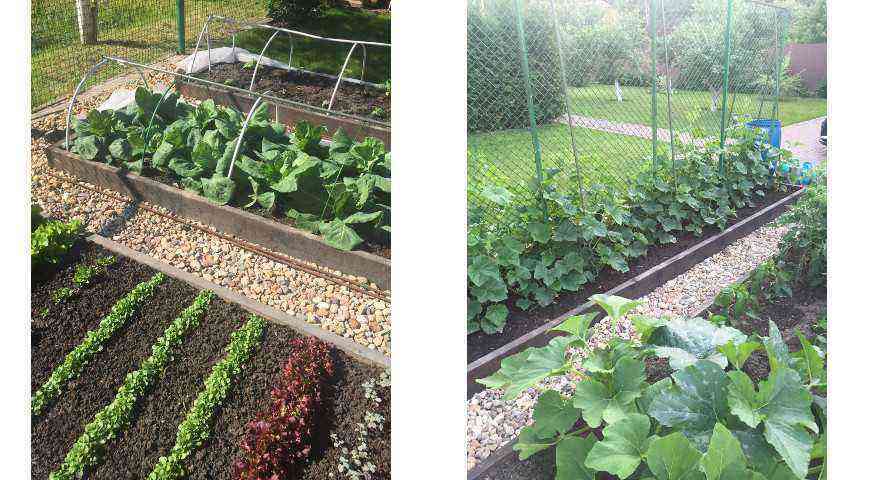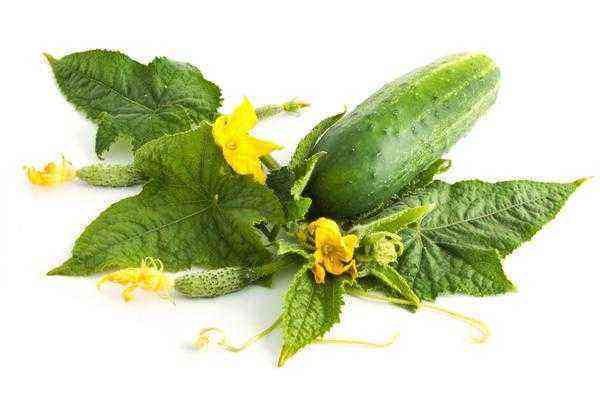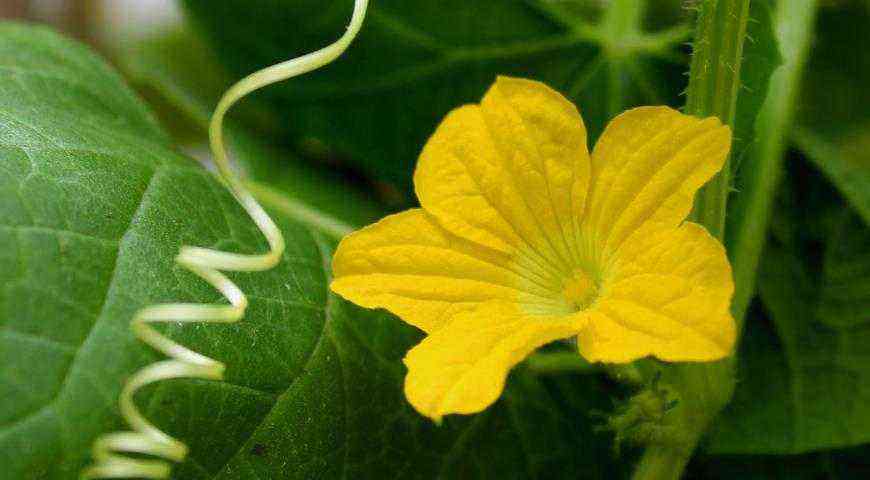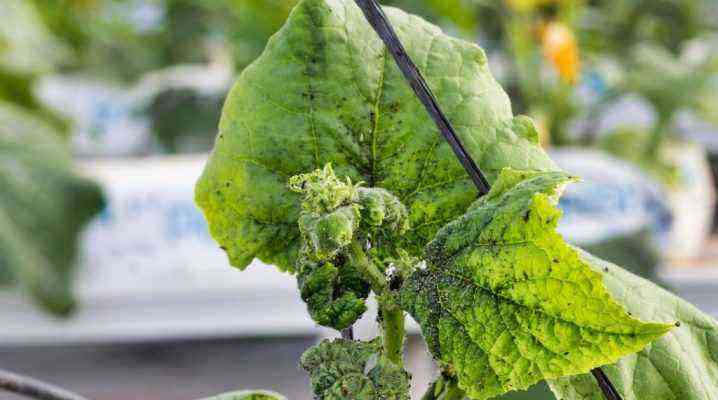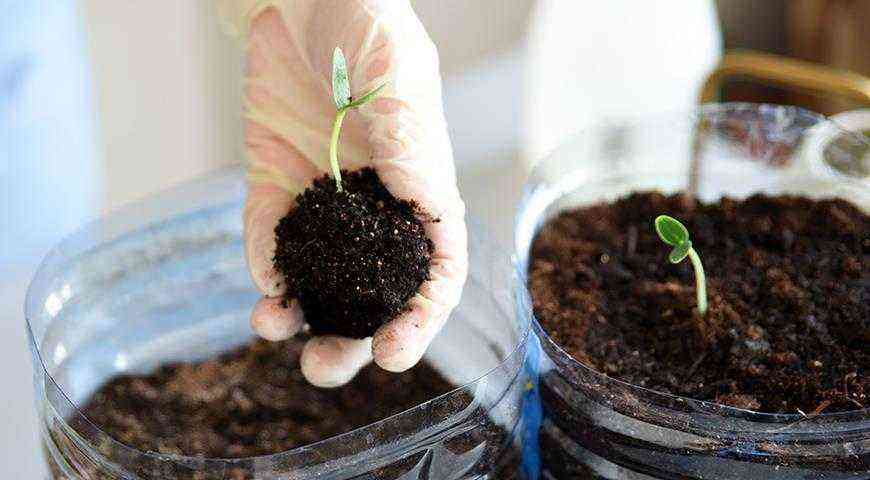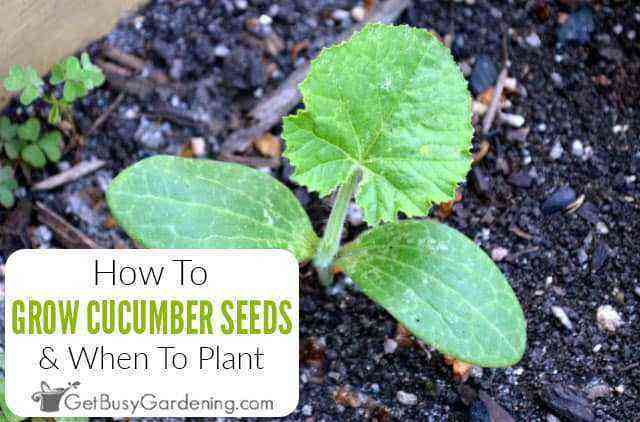Do you want to extend the fruiting period of cucumbers? Then you should be able to recognize their diseases at a very early stage of development and know how to deal with them.
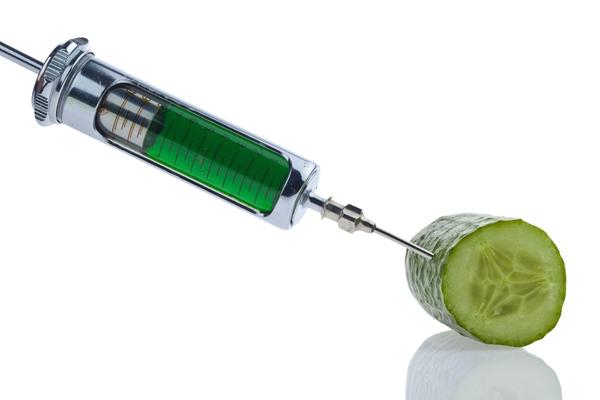
Cucumber First Aid
After all, the sooner you find the first signs of the disease and can identify it, the sooner it will be eliminated. We will discuss the signs of the most common diseases, ways to prevent them and “first aid” to plants.
Mučnistaâ rosa
On the leaves or stems of cucumbers, a white (less often slightly reddish) powdery coating appeared in the form of small spots? Over time, the plaque does not disappear, but spreads to the entire leaf, after which it begins to turn yellow and gradually dry? This is powdery mildew – a fungal disease of cucumbers. The consequence of it is premature drying of the leaves and the cessation of fruiting.
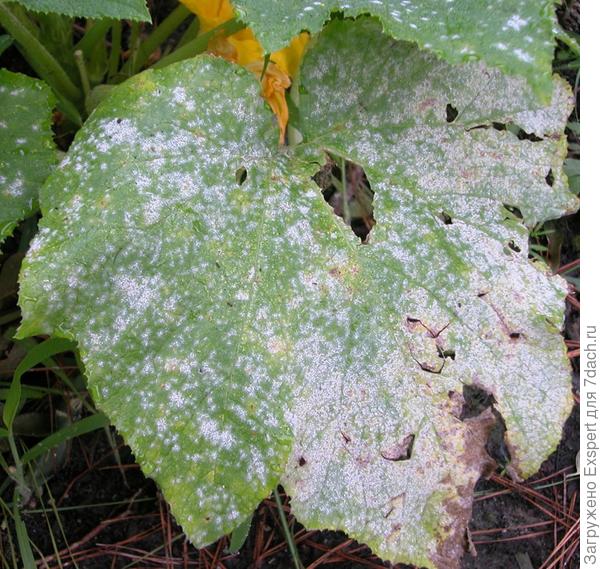
Powdery mildew on cucumber leaves.
Possible causes
The causative agents of the disease, wintering on organic residues, spread especially quickly in cloudy and cool weather. If the average daily temperature rises above + 18 … + 20 ° С, powdery mildew stops its development.
The disease most often affects plants “overfed” with nitrogen fertilizers, as well as those that are watered irregularly and insufficiently.
How to warn
To prevent the occurrence of powdery mildew, you must:
- observe crop rotation – do not plant cucumbers in one place for several years in a row. Remember: cucumber can be returned to its original place no earlier than in 4 of the year;
- timely remove from the beds not only cucumbers, but also all plant debris;
- disinfect greenhouses and greenhouses immediately after the harvest. To do this, you can use, for example, formalin solution;
- raise the temperature to + 23 … + 25 ° С, simply closing the greenhouse for the night or covering the plants with a film;
- water the plants only with warm water;
- grow powdery mildew resistant hybrids.
Ambulance for your aquarium
As soon as you notice the first signs of powdery mildew, immediately spray the plants with fungicides, such as Topsin-M, or treat them with a Topaz solution, to prepare which mix 2 ml of the drug with 10 liters of warm water. Spraying is carried out in calm, dry weather both for the prevention of the disease and at the first signs of its appearance.
Good results in the fight against powdery mildew are obtained by treating plants with the preparation “HOM” (solution of copper oxychloride). To prepare the solution, take 40 g of powder and dilute it in 10 liters of water. Spray the plants, spending 1 liter of the resulting solution per 10 m².
Plants can be treated colloidal sulfur, using a 20% solution in open ground (10 g of colloidal sulfur per 20 l of water), and a 40% solution in protected ground (10 g of colloidal sulfur per 40 l of water). With the resulting solution, treat the leaves of the plant in cloudy weather on both sides.
If you consider the use of chemicals in your summer cottage unacceptable, try to cope with the disease using folk methods of dealing with powdery mildew.
- Mix 1 kg of mullein with 3 liters of water; insist 3 days; strain the infusion, combine it with 3 liters of clean water and spray the plants.
- Mix 1 liter of sour milk with 1 liter of warm water. Strain the solution and spray the plants with it once a week.
- Dissolve 50 g of baking soda and 50 g of laundry soap in 10 liters of warm water. Spray cucumbers with this solution every 5-7 days.
Downy mildew – downy mildew
Small but numerous light yellow spots appeared on the leaves of cucumbers? A week has passed – the spots have increased in size, and the leaves themselves have turned brown and began to dry out? This means that cucumbers are infected with downy mildew, or peronosporosis, a very dangerous and common disease that can affect plants at any stage of their development.
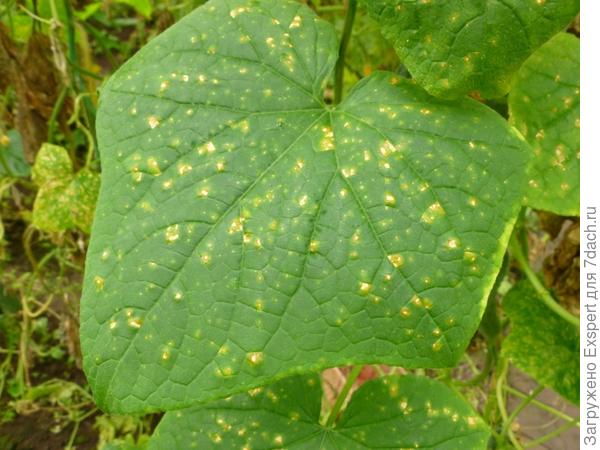
Downy mildew – Peronosporosis.
Possible causes
This is a fungal disease that develops rapidly in high humidity. Watering the plant with cold water can provoke growth.
How to warn
Observe agricultural practices: do not thicken crops, maintain crop rotation, collect fruits in a timely manner and do not water plants with cold water.
Ambulance for your aquarium
Having found the first signs of the disease, stop watering and fertilizing. To stop the spread of downy mildew, treat the plants with a warm (about + 25 ° C) solution of polycarbacin, copper oxychloride or Bordeaux liquid (mix 100 g of copper sulfate and freshly slaked lime with 10 liters of warm (about + 25 ° C) water).
Also, to combat downy mildew, the drugs “Ordan” and “Ridomil” are used. After processing the plants, try to ensure that the temperature inside the greenhouse or greenhouse does not fall below + 25 ° C. If you are growing cucumbers outdoors, just cover them overnight with plastic wrap.
To prevent the occurrence of downy mildew, it is useful to periodically treat the plants with a whey solution.
Cladosporiosis – brown olive spot
The fruits and stems of the plant are covered with small rounded ulcers of green-brown or olive color, which literally on the third day darken and increase significantly in size? Do rounded or angular spots appear on the leaves of cucumbers, which are destroyed when dried? This is cladosporiosis, or, as this fungal disease is also called, brown olive spot.
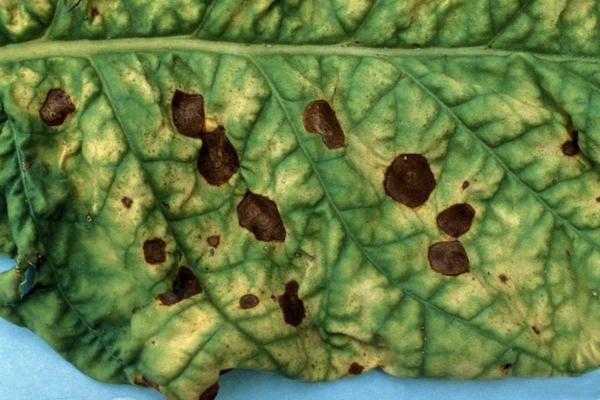
Cladosporiosis is a brown olive spot.
Cladosporiosis develops rapidly in cool rainy weather and with sudden changes in temperature. In hot summers, brown olive blotch appears already at the end of the growing season – when the nights become cool, a large amount of dew falls. The infection spreads with rain, wind, with water during irrigation and remains for a long time not only on plant debris, but also in the soil.
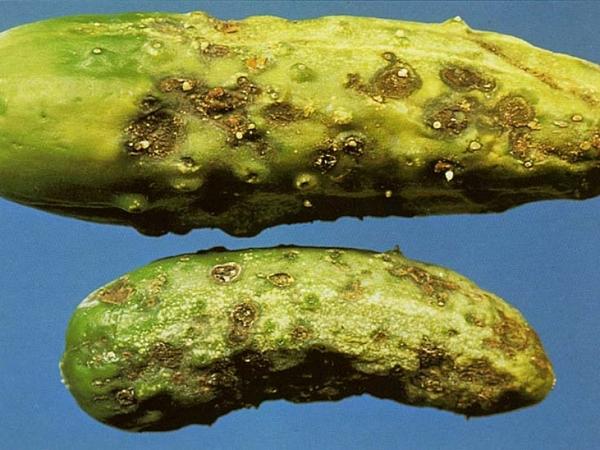
Cladosporiosis.
Possible causes
The source of infection is plant residues, or rather the spores of the fungus that causes the disease overwintering on them.
How to warn
To avoid infection of plants with cladosporiosis, it is necessary:
- observe crop rotation: do not return cucumbers to their original place earlier than after 4 years;
- ventilate the greenhouse in a timely manner;
- remove all plant residues from the beds in time;
- do not water cucumbers with cold water by sprinkling.
Ambulance for your aquarium
As soon as you notice the first signs of cladosporiosis:
- stop watering the plants for 4-5 days;
- if the average daily temperature drops below + 18 ° C, try to raise the temperature to at least + 20 ° C – for example, by closing the greenhouses at night and covering the plants in the ground with a film;
- carry out treatments with a 1% solution of Bordeaux liquid, a 0,4% solution of copper oxychloride, “Fundazol” or a solution based on the drug “Oxyx”, for the preparation of which mix 20 g of the drug with 10 liters of warm water.
Sclerotinia – white rot
Initially, multiple white bodies appear on all affected areas of the plant, which eventually become dark, up to black? Then the leaves, stems and even the fruits of the plant are covered with a continuous white bloom, mucus, soften and rot? This is sclerotinia, which is more commonly called white rot.
Sclerotinia is white rot.
Possible causes
The source of the disease is sclerotia – fungi that overwinter in the soil and spread rapidly when both the soil is damp and the air is too humid.
How to warn
To prevent the occurrence of sclerotinia:
- do not thicken the crops of cucumbers;
- observe crop rotation – do not sow cucumbers in the same place earlier than after 4 years; be sure to alternate between different cultures;
- remove plant residues from the beds in a timely manner.
Ambulance for your aquarium
First of all, cut out parts of plants affected by sclerotinia to a healthy tissue, and treat the sections with lime or crushed charcoal. If the disease has spread severely, remove all infected plant parts or the entire plant.
Feed cucumbers with a nutrient solution consisting of 10 liters of warm water, 10 g of urea and 1 g of zinc sulfate and copper sulfate.
Gray mold
Are the leaves, stems or even flowers of cucumbers covered with brown, vague, watery, quickly merging spots with a smoky gray coating? This is manifested by gray rot – a bacterial disease that affects all parts of the plant.
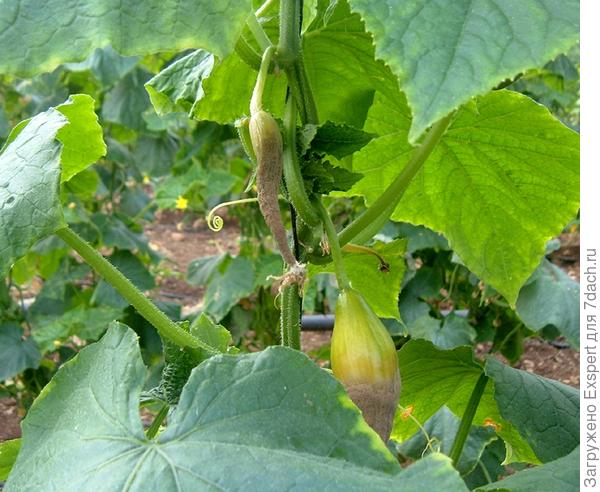
Gray rot.
Possible causes
The main reasons for the development of gray rot are waterlogging and low temperatures.
How to warn
For the prevention of gray rot:
- do not thicken the crops of cucumbers and observe crop rotation;
- timely remove plant debris from the beds, on which the infection persists;
- take protective measures in a timely manner.
Ambulance for your aquarium
If the disease has just begun to spread, treat the affected areas with a fungicide, for example, Rovral paste, which includes contact preparations against gray rot, or Bayleton. Affected fruits, leaves and stems of the plant should be removed immediately.
Root rot
Leaves of cucumbers wither every day more and more, and gradually dry up? The roots of a pulled bush look rotten and red? This means that plants are infected with root rot – one of the most common and dangerous diseases.

Root rot.
Possible causes
The reason for the development of root rot is unfavorable conditions during the growth and fruiting of plants. In particular, we are talking about excessively high temperatures and insufficient or excessive watering.
How to warn
You can prevent the appearance of cucumber root rot if:
- observe crop rotation and not thicken crops;
- remove plant residues from the beds;
- do not water the plants with cold water and, for prevention, treat them with the Previcur solution every 2 weeks.
Ambulance for your aquarium
Once you find that the plants are affected by root rot, the first thing to do is to stimulate the formation of new roots. To do this, add about 5 cm of fertile soil to the plants. This will give them the opportunity to put down new roots. Or cut the leaves from the bottom of the stem and lay it in a layer of fertile soil. Literally in 7-10 days, additional roots will grow on the buried shoot. All this time, water the plants only with warm water and not under the root.
If you could detect the disease only when the plant had already dried up, you won’t be able to save it anymore – just dig it out along with the soil, filling the newly formed hole with new fertile soil. After harvesting diseased plants and soil, it is necessary to wash all the tools in a strong soapy solution.
Anthracnose
Numerous brown spots appear on leaves, stems and even fruits? The affected leaves began to gradually dry out, and the fruits became covered with wet ulcers? Recognizing the disease is not so difficult – the plants are infected with anthracnose, or, as it is often called, copperhead.
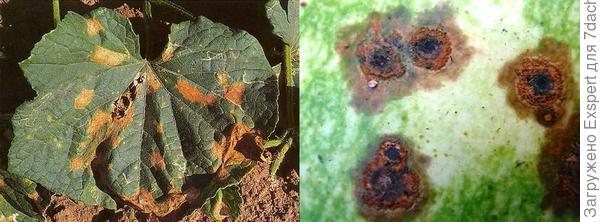
Anthracnose (copper).
Possible causes
The cause of copperhead is most often infected seeds that were collected from diseased plants, or a fungus that persists in the upper soil layer and plant debris. In addition, the rapid spread of the disease is facilitated by watering plants with cold water and sudden changes in temperature.
How to warn
To prevent the occurrence of anthracnose, you must:
- observe crop rotation and not return cucumbers to their former place earlier than in 4 of the year;
- timely remove plant residues from the beds and cultivate the soil in a quality manner.
Ambulance for your aquarium
To defeat anthracnose, you must:
- once a week before harvesting, spray the crops with a 1% Bordeaux mixture;
- carefully treat all affected areas with a solution of copper sulfate (0,5%), then sprinkle with lime or coal.
Why do cucumber leaves turn yellow?
Most likely, the reason is the temperature difference between day and night and / or lack of potassium. And if in order to raise the night temperature, it is enough just to cover the cucumbers for the night with any covering material (film, spunbond, and so on), then to cope with the second problem, you need to make a little more effort.
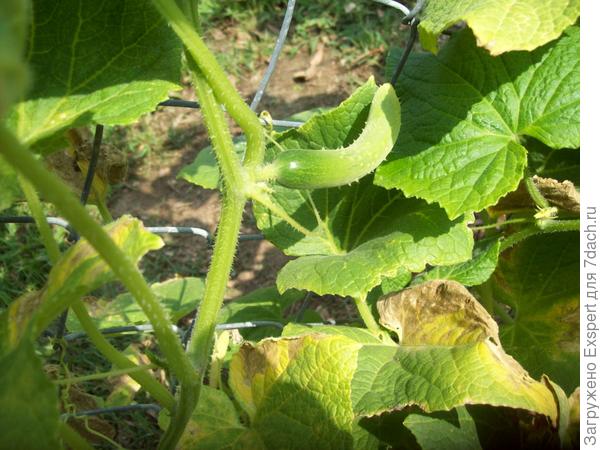
Cucumber leaves turn yellow prematurely.
Spray the plants infusion of ash. To prepare such an infusion, dissolve in 1 liter of warm water 3 tbsp. tablespoons of ash and let it brew for 2 days.
It will be useful to feed cucumbers onion infusion. To prepare it, add 10 g (about 50 tablespoons) of onion peel to 2 liters of water, boil. When the infusion becomes barely warm, water the plants, spending 1 liter per 1 bush.
Also, when growing cucumbers, you may encounter another problem: their stems crack. Why this happens and how to deal with the problem, you will learn by reading the discussion of the post Why does the stem of cucumbers and zucchini crack?
Questions about various “cucumber” misfortunes and answers to them can be found in the following publications:
And in this video, landscape designer and gardener Olga Voronova tells how to increase the yield and prolong the fruiting of cucumbers:
How do you deal with the most common cucumber diseases? Tell us what secrets and tricks you know, and how do you achieve success in this difficult task?
